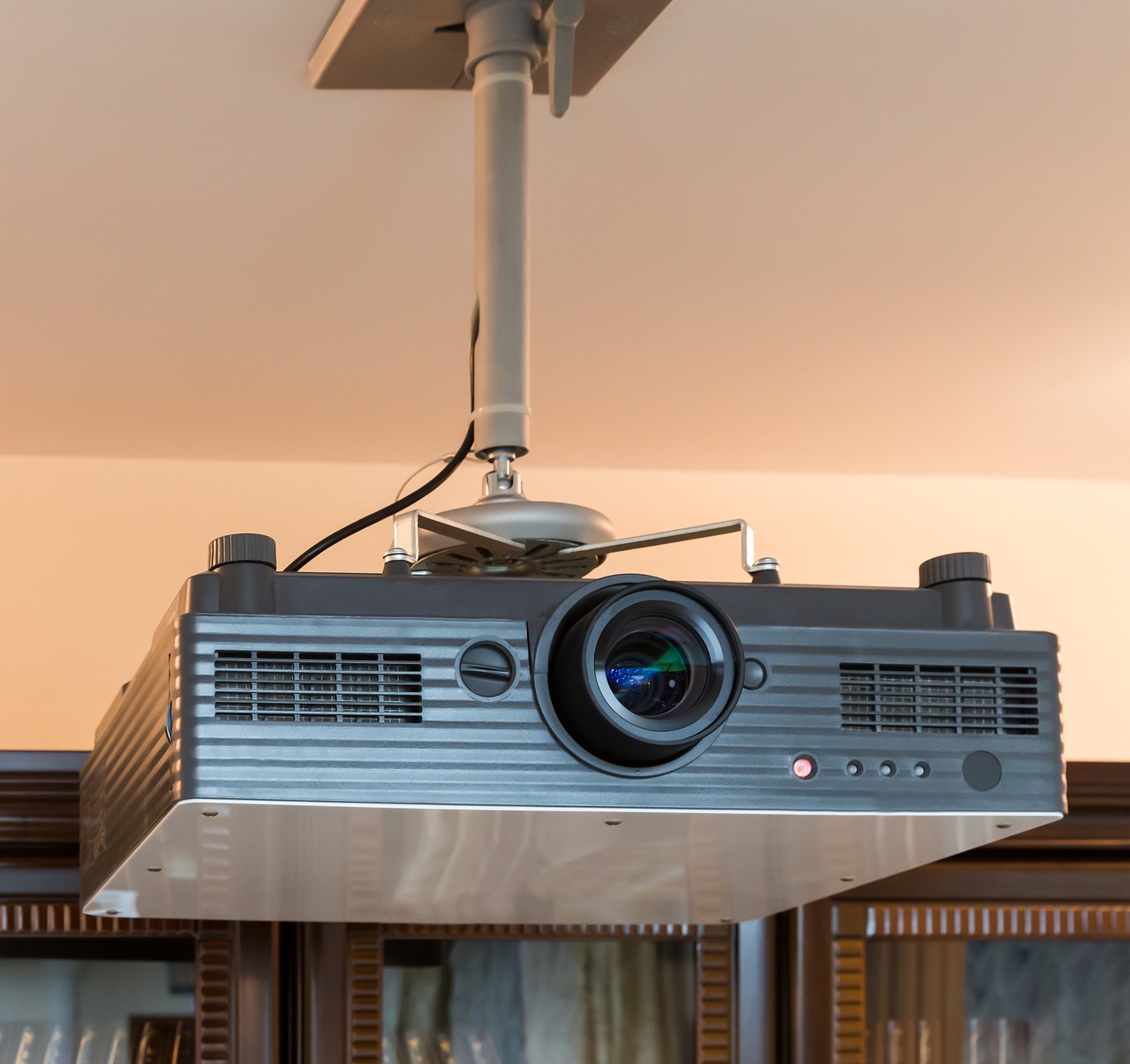The Role of Social Media in Modern Broadcasting: Allpaanel, Laser247.com login, Betbook247 login
allpaanel, laser247.com login, betbook247 login: Social media has completely transformed the way we consume information and entertainment. In today’s modern broadcasting landscape, social media plays a crucial role in reaching and engaging audiences like never before.
Social media platforms such as Facebook, Twitter, Instagram, and YouTube have become essential tools for broadcasters to connect with their viewers. These platforms allow broadcasters to share news updates, live stream events, and engage directly with their audience in real-time.
One of the key roles of social media in modern broadcasting is to extend the reach of traditional media outlets. By sharing content on social media, broadcasters can reach a wider and more diverse audience than ever before. This helps broadcasters increase their visibility and attract new viewers who may not have access to traditional forms of media.
Additionally, social media allows broadcasters to engage with their audience on a more personal level. Viewers can interact with broadcasters through comments, likes, and shares, creating a sense of community and connection. This direct engagement helps build loyalty and trust among viewers, leading to stronger viewer loyalty and increased viewership.
Social media also plays a crucial role in shaping the news agenda and influencing public opinion. Through social media, broadcasters can track trends, monitor public sentiment, and gather feedback from their audience. This real-time feedback allows broadcasters to tailor their content to meet the needs and interests of their viewers, ultimately leading to a more engaging and relevant broadcasting experience.
Furthermore, social media has become a powerful tool for promoting and marketing broadcasting content. Broadcasters can use social media to create buzz around upcoming shows, share behind-the-scenes content, and engage in promotional activities. This helps increase viewership and generate excitement around new programming.
In conclusion, social media has become an indispensable tool for modern broadcasting. From extending the reach of traditional media outlets to engaging with audiences on a personal level, social media plays a crucial role in shaping the broadcasting landscape. By harnessing the power of social media, broadcasters can connect with their audience in new and meaningful ways, leading to increased viewership and audience loyalty.
FAQs
1. How has social media changed the way we consume broadcasting content?
Social media has made broadcasting content more accessible and interactive, allowing viewers to engage with broadcasters in real-time.
2. What are some of the most popular social media platforms for broadcasters?
Popular social media platforms for broadcasters include Facebook, Twitter, Instagram, and YouTube.
3. How can broadcasters use social media to promote their content?
Broadcasters can use social media to create buzz around upcoming shows, share behind-the-scenes content, and engage in promotional activities.







